Nourishing your
gut microbiome
The diverse community of microbes in our gut, known collectively as the gut microbiome, is important to overall health it’s sometimes thought of as an organ. The gut microbiome affect every system in our body, and influences our health in surprising ways, Including how likely we are to get sick, how likely we are to have allergies, and even how likely we are to be depressed.
Each of us has a microbiome as individual as our fingerprint. Diet, lifestyle, environment, and medicines influence the health of our microbiome, which in turn affects our overall wellness. While your gut microbiome is unique, there are three steps we can all take to nourish the beneficial microbes that contribute to a healthy gut:
Step 1:
Expose your gut to a broad range of good microbes
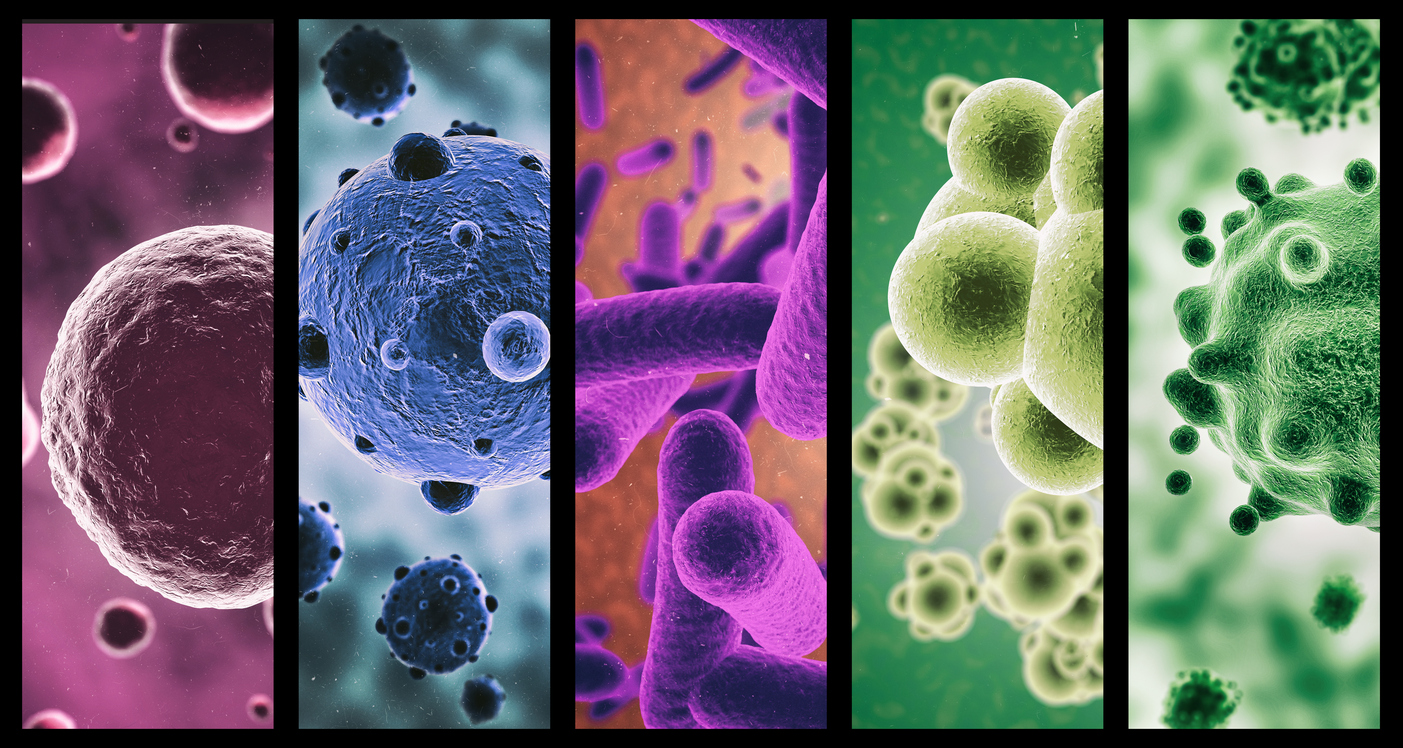
Microbes are tiny forms of life that are all around us and too small to be seen by the naked eye. They are found in water, in the soil, and in the air. Your body is home to trillions of these microorganisms, and most of them live in your gut.
The foods you eat
Consuming a wide variety of healthy foods isn’t just good for ensuring you get key nutrients, but beneficial microbes as well. Good sources of beneficial bacteria can include:
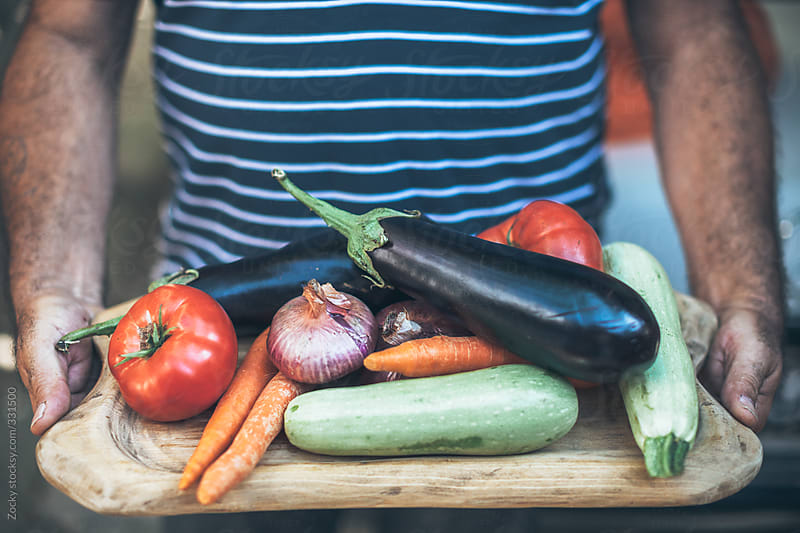
Food
Beneficial bacteria it provides
Fresh fruit and vegetables from your local farm market
Freshly picked foods are covered in good bacteria
Broad range
Miso
A fermented soy paste that is high in beneficial bacteria. You can find miso at natural-foods stores or your closest Asian market.
Yogurt
Yogurt is probably the best-known of all the probiotic foods. Look for low-sugar and lower-calorie yogurts that contain Lactobacillus and Bifidobacterium. There are also many healthy non-dairy yogurt varieties.
Sauerkraut
This fermented cabbage mixture contains Lactobacilli plantarum
Natto
Natto is a Japanese dish that contains the probiotic Bacillus subtilis
Bacillus subtilis
Spending time in your garden
Soil has its own microbiome teeming with bacteria that are good for you. For example, one study found that patients exposed to a common, harmless soil bacteria, Mycobacterium vaccae, experience a significantly improved quality of life. Patients were happier, expressed more vitality, and demonstrated better cognitive functioning.5
If you don’t have a garden, be sure to visit your yard or neighborhood park. Fresh fruits and vegetables also have diverse groups of bacteria that can contribute to your gut microbial diversity.
Hanging out with your pet(s)
The microbes on our pets can also help keep us healthy. For example, exposure to dogs as an infant has been shown to reduce the risk of developing allergic disease.6 This effect may be a result of the diversity of microbes that our pets bring inside our homes. Research has shown that owning a dog can raise the levels of 56 different types of bacterial species in the indoor environment.7
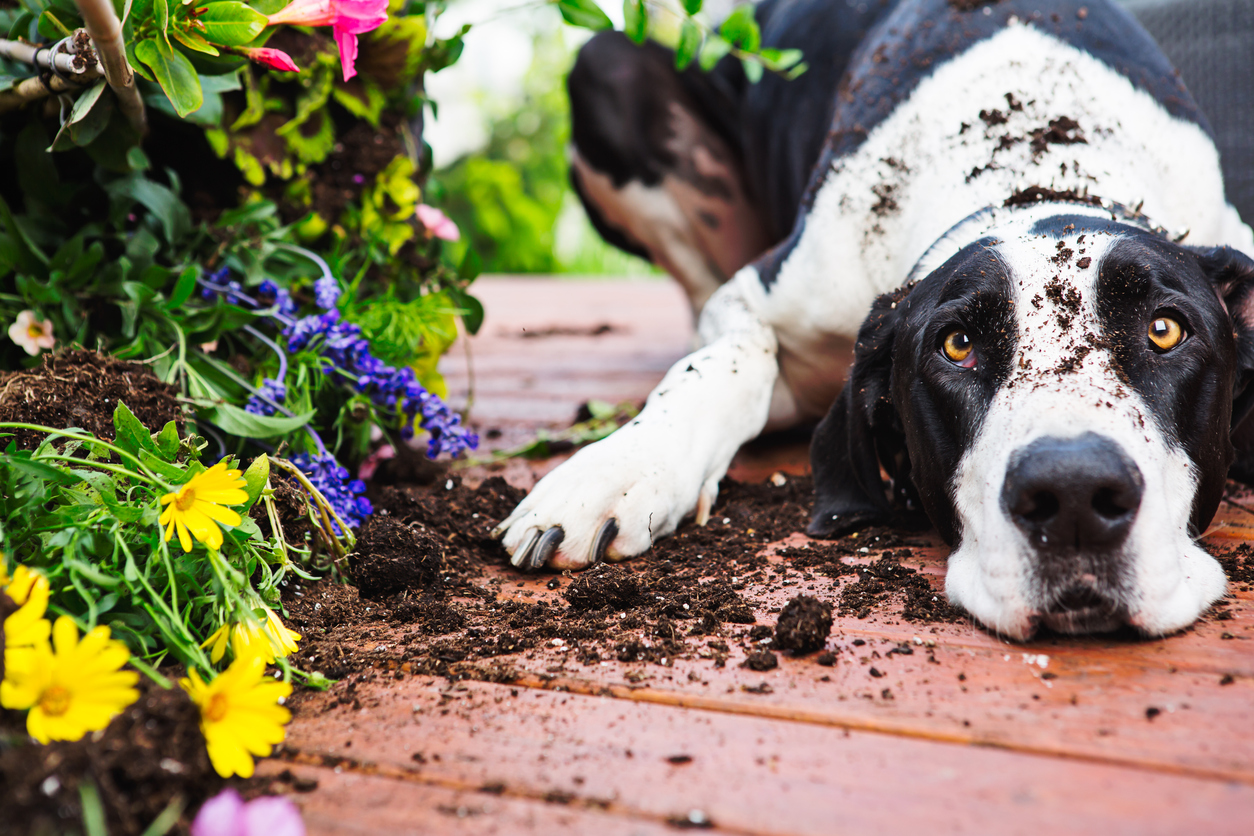
Step 2:
Feed your beneficial microbes
Nourishing your body also includes feeding the beneficial microbes in your gut. It’s been shown that the growth and metabolic activity of beneficial gut bacteria can be nurtured by carbohydrates our body can’t digest — but microbes can — called prebiotics.
Prebiotics are so important to gut health that they are in the first food we taste in life: Human breast milk and colostrum contain over 200 prebiotic components designed to establish healthy microbiome in the gut.8
Some common types of prebiotics we encounter in our food include:
Oligosaccharides
Oligosaccharides are some of the most important bioactive components found in bovine colostrum, or the first milk from dairy cows. As one of their multiple roles, they act as growth promoters for beneficial microflora in the colon.9
Inulin
Inulins belong to a class of dietary fibers known as fructans. They are present in more than 36,000 plant species. It’s been estimated that Americans consume on average 1–4 grams of inulin and oligofructose per day.10
Galactooligosaccharides (GOS)
A carbohydrate chain made up of the simple sugars galactose and glucose.
Fructooligosaccharides (FOS)
A carbohydrate chain made up primarily of the simple sugar fructose.
Pectin
A polysaccharide found in many fruits and vegetables. The average daily intake of pectin is estimated to be around 5 grams.
Beta glycan
A polysaccharide naturally found in the cell walls of cereals, bacteria, and fungi.
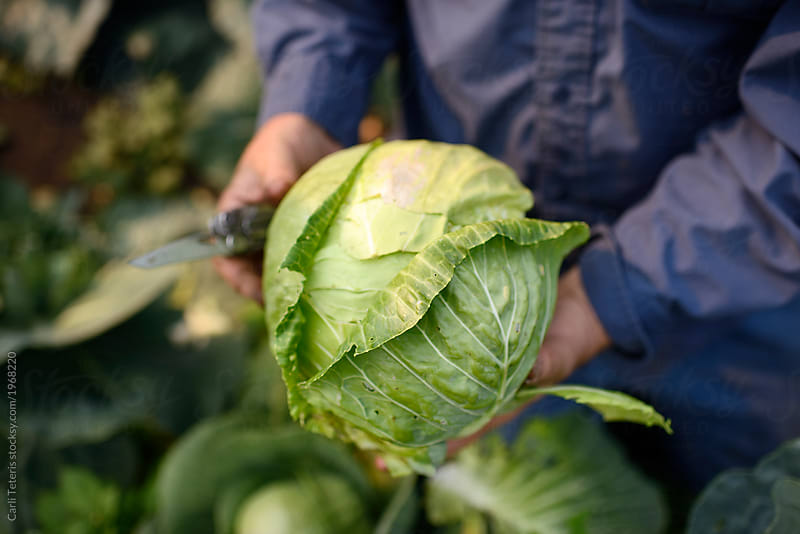
Foods high in prebiotics
Prebiotics are one of the reasons that vegetables, fruits, and whole grains are so important for our health. Good sources of the prebiotics mentioned above can include:
Foods
Primary prebiotic
Colostrum (first milk from cows)
Oligosaccharides
Chicory Root
Inulin
Dandelion greens
Inulin
Jerusalem artichoke
Inulin
Garlic
Inulin and FOS
Agave
FOS
Bananas
FOS
Lentils
GOS
Chickpeas and hummus
GOS
Cereals such as oats, barley and wheat
Beta glucan
While there is no broad consensus on an ideal daily serving of prebiotics, recommendations typically range from 4 to 8 grams for general digestive health support, to 15 grams or more for those with active digestive disorders.
Step 3:
Protect your gut microbiome community
Once you have a healthy microbiome of diverse beneficial microbes, it’s important to avoid things that can wipe them out or to give bad players a foothold. Here are four things to avoid:
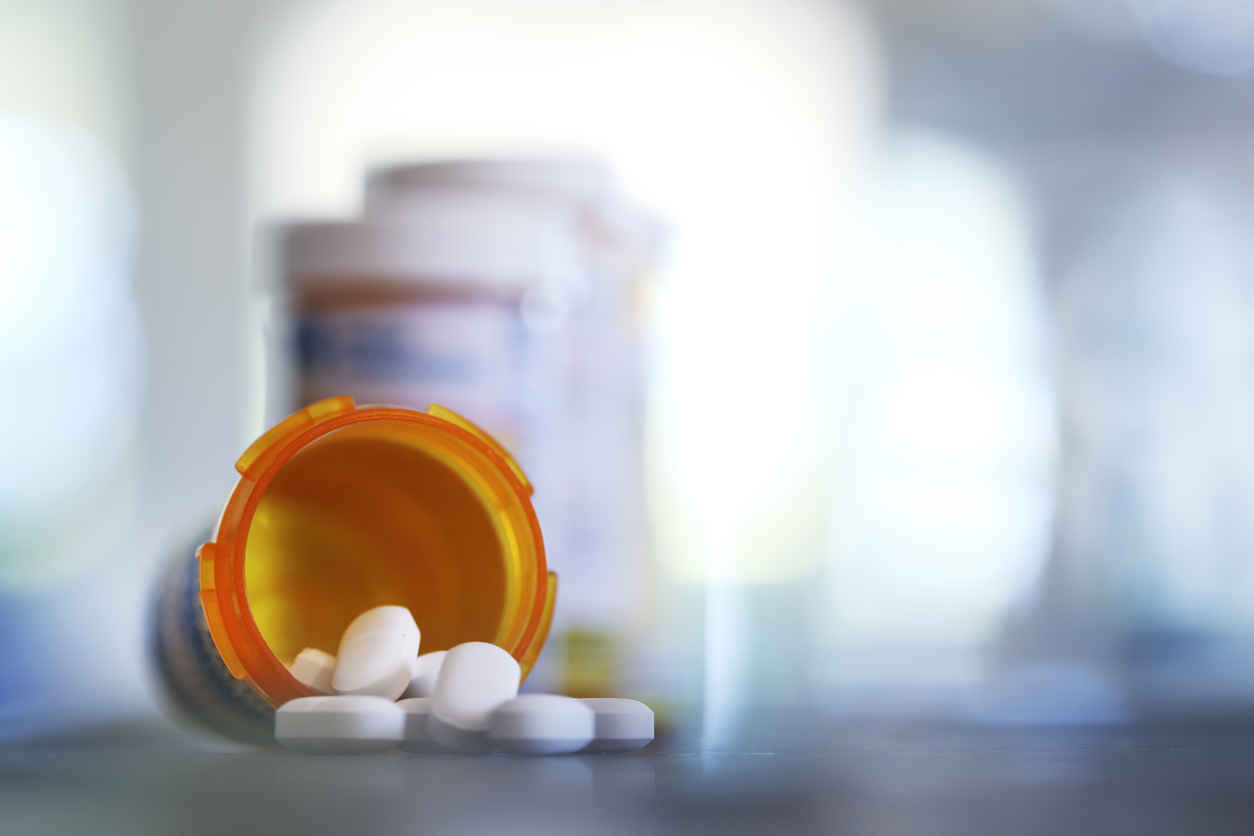
Unnecessary antibiotics
Antibiotics are designed to kill bacteria, and while they can wipe out infections they can also wipe out beneficial bacteria in your gut. They are one of history’s greatest discoveries – but they are used far too much, for common infections, to fatten our food, and even in some toothpastes.
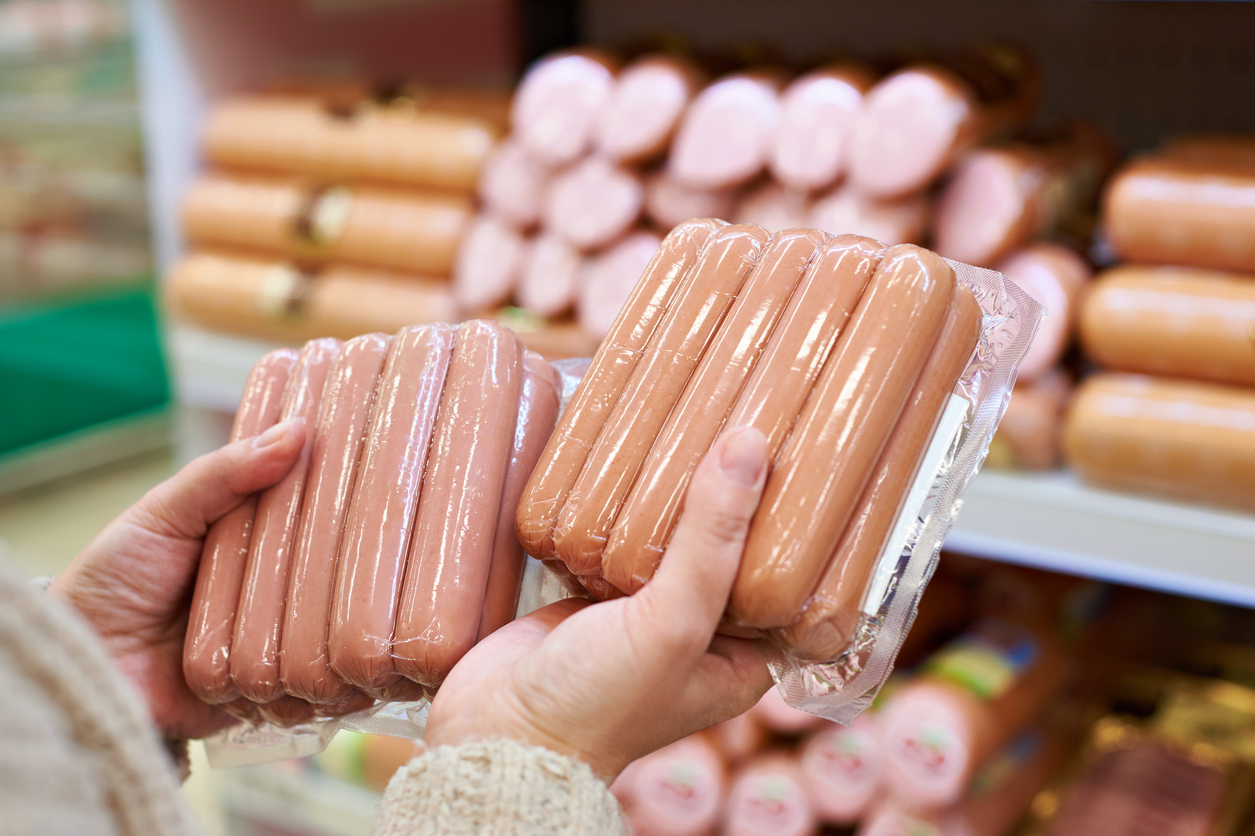
Artificial preservatives
Artificial preservatives are a group of chemical substances added to food, sprayed on the outside of food, or added to medications to slow spoilage, discoloration, or contamination by bacteria and other disease organisms. Examples include benzoates, sorbates, propionates, and nitrites. Digesting these preservatives may be harmful to the beneficial bacteria in your gut.
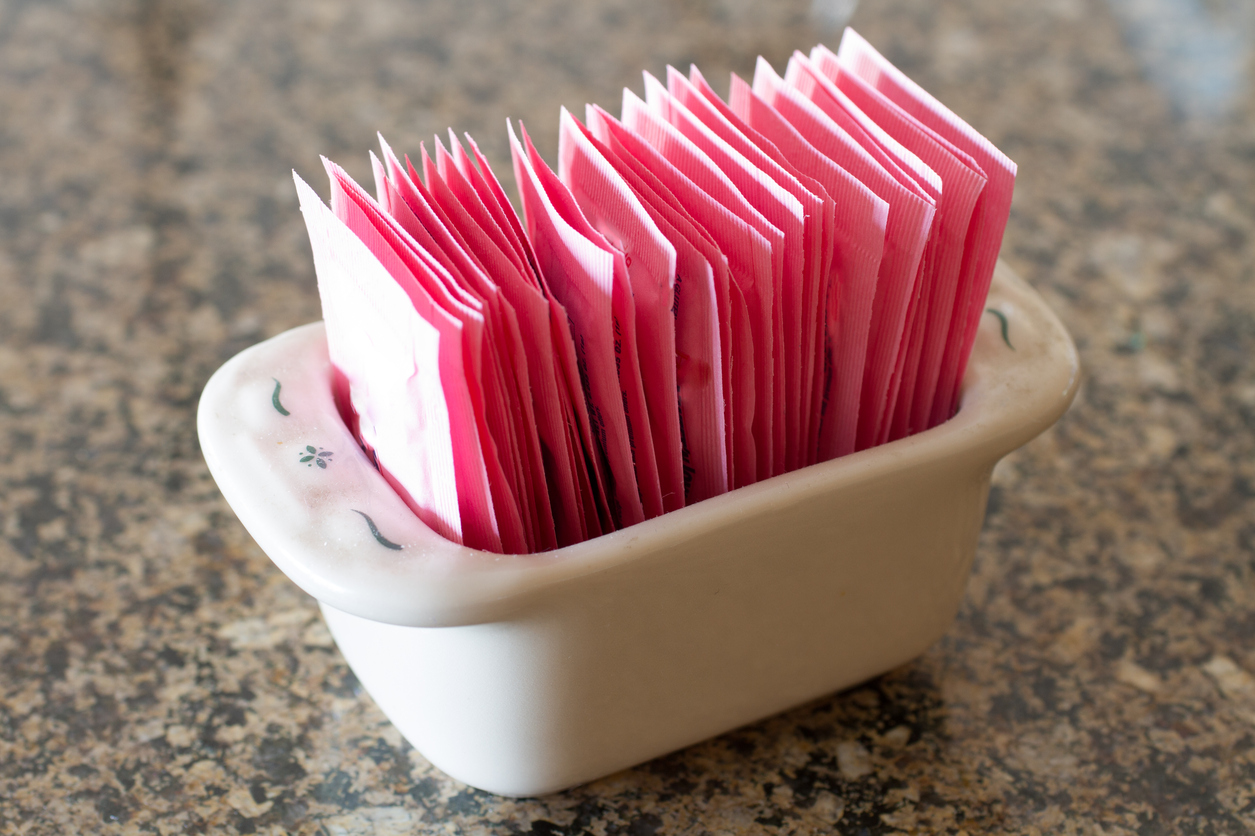
Artificial sweeteners
Artificial sweeteners are widely used as replacements for sugar. However, some studies have shown that they can negatively affect the gut microbiota.
One study in rats showed that aspartame, an artificial sweetener, reduced weight gain, but increased blood sugar and impaired insulin response.11
The rats fed aspartame also had higher Clostridium and Enterobacteriaceae in their intestines, both of which are associated with disease when present in very high numbers.
Another study found similar results in mice and humans. It showed changes in the microbiota made artificial sweeteners have negative effects on blood sugar levels.12

Diarrhea
When you experience a significant gut disruption like diarrhea, try to resolve it quickly. Diarrhea is a huge disruptor to the overall health of the gut and many of your beneficial members of your gut microbiome end up in the toilet.
Diarrhea can be caused by many things including food and water contamination, viruses, bacterial infections, and poor hygiene. While some instances of diarrhea are impossible to prevent, others are simple. Here’s how to prevent diarrhea with some easy-to-follow everyday habits:
- Wash your hands. Proper hygiene and hand washing is an easy way to help prevent diarrhea, and other illnesses. Bacterial, viral, and even parasitic infections can be passed from contaminated hands.
- Avoid problem foods. Research shows that foods likely to cause diarrhea include dairy, gluten, sugar, alcohol, and caffeine.
- Ask your doctor about medications. If your doctor prescribes a medication for something, check in as to whether it might cause diarrhea, and ask for alternatives if possible.
- Take precautions while traveling. Traveler’s diarrhea is incredibly common but can be easy to prevent. Take precautions such as using only bottled (or filtered) water for drinking, cooking, and brushing your teeth. Be careful when drinking beverages containing ice as ice may be made with unfiltered water. Avoid food from street vendors and raw or undercooked foods.
next article
Exploring prebiotics for gut health

Prebiotics are fuel for the microbes of our gut, consisting of carbohydrates our body can’t digest but gut bacteria can. Learn more about the prebiotics that have shown a benefit in clinical studies.
Stay in the know
Get updates on the latest in gut health
This site is for informational purposes only and is not intended to diagnose, treat, cure, or prevent any disease or provide specific medical advice. You should always seek advice from a physician or other qualified health care provider for your individual medical needs.
References
- Claesson MJ, Jeffery IB, Conde S, et al. Gut microbiota composition correlates with diet and health in the elderly. Nature. 2012;488:178–184.
- Lozupone CA, Stombaugh JI, Gordon JI, et al. Diversity, stability and resilience of the human gut microbiota. Nature. 2012;489:220–30.
Nature. 2012;489:220–230. - Human Microbiome Project Consortium. Structure, function and diversity of the healthy human microbiome. Nature. 2012;486:207–214.
- Wu GD, Chen J, Hoffmann C, et al. Linking long-term dietary patterns with gut microbial enterotypes. Science. 2011;334:105–108.
- O’Brien ME, Anderson H, Kaukel E, et al. SRL172 (killed Mycobacterium vaccae) in addition to standard chemotherapy improves quality of life without affecting survival, in patients with advanced non-small-cell lung cancer: phase III results. Ann Oncol. 2004;15:906–914.
- Fall T, Lundholm C, Örtqvist AK, et al. Early exposure to dogs and farm animals and the risk of childhood asthma. JAMA Pediatr. 2015;169:e153219.
- Barberán A, Dunn RR, Reich BJ, et al. The ecology of microscopic life in household dust. Proc Biol Sci. 2015;282: 20151139.
- Hill DR and Newburg DS. Clinical applications of bioactive milk components. Nutr Rev. 2015;73:463–476.
- Gopal PK and Gill HS. Oligosaccharides and glycoconjugates in bovine milk and colostrum. Br J Nutr. 2000;84(Suppl 1):S69–S74.
- Niness KR. Inulin and oligofructose: what are they? J Nutr. 1999;129(7 Suppl):1402S–1406S.
- Palmnäs MS, Cowan TE, Bomhof MR, et al. Low-dose aspartame consumption differentially affects gut microbiota-host metabolic interactions in the diet-induced obese rat. PLoS One. 2014;9:e109841.
- Suez J, Korem T, Zeevi D, et al. Artificial sweeteners induce glucose intolerance by altering the gut microbiota. Nature. 2014;514:181–186.
